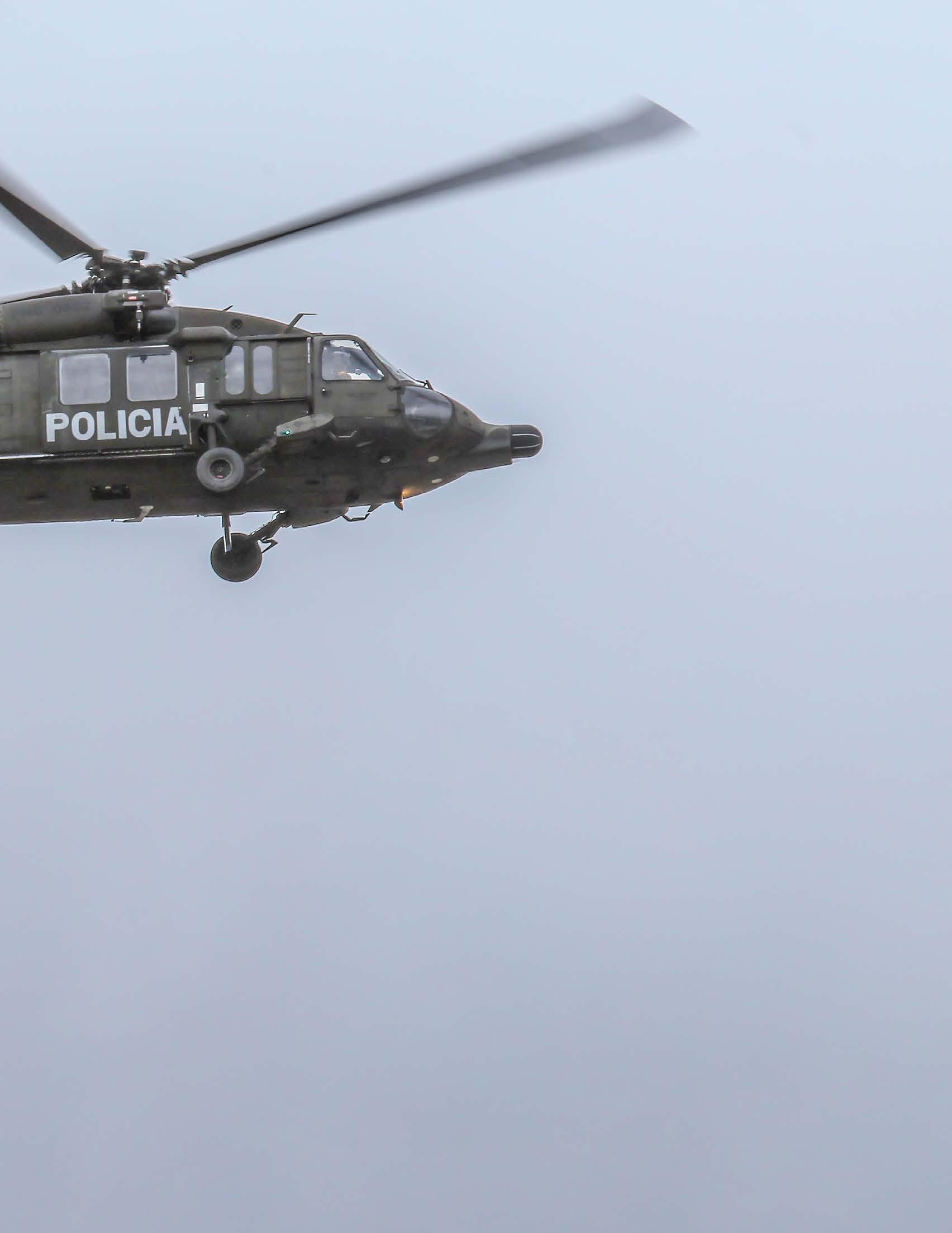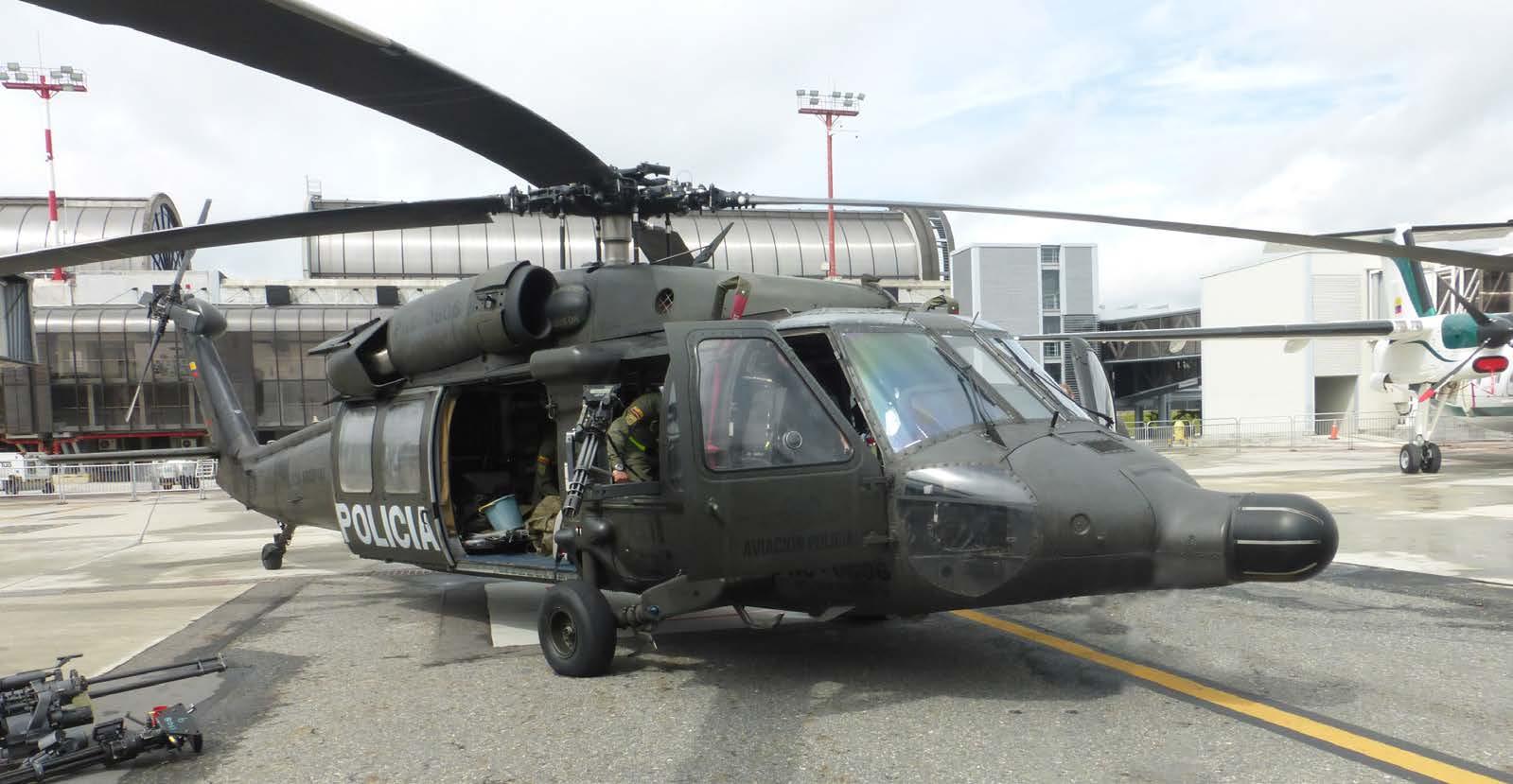
10 minute read
Policía Nacional de Colombia
'M odern' law enforcement was established in Colombia just over 130 years ago when national law 90 of 1888 instituted a gendarmerie under government orders and as a dependency of the then Ministry of Government for Bogotá. In those days, there were other law enforcement services at departmental or municipal level, under the orders of the governors or mayors. Three years later, in 1891, the national government amalgamated all the law enforcement agencies into one national body, the Policía Nacional de Colombia (PNC, Colombian National Police).
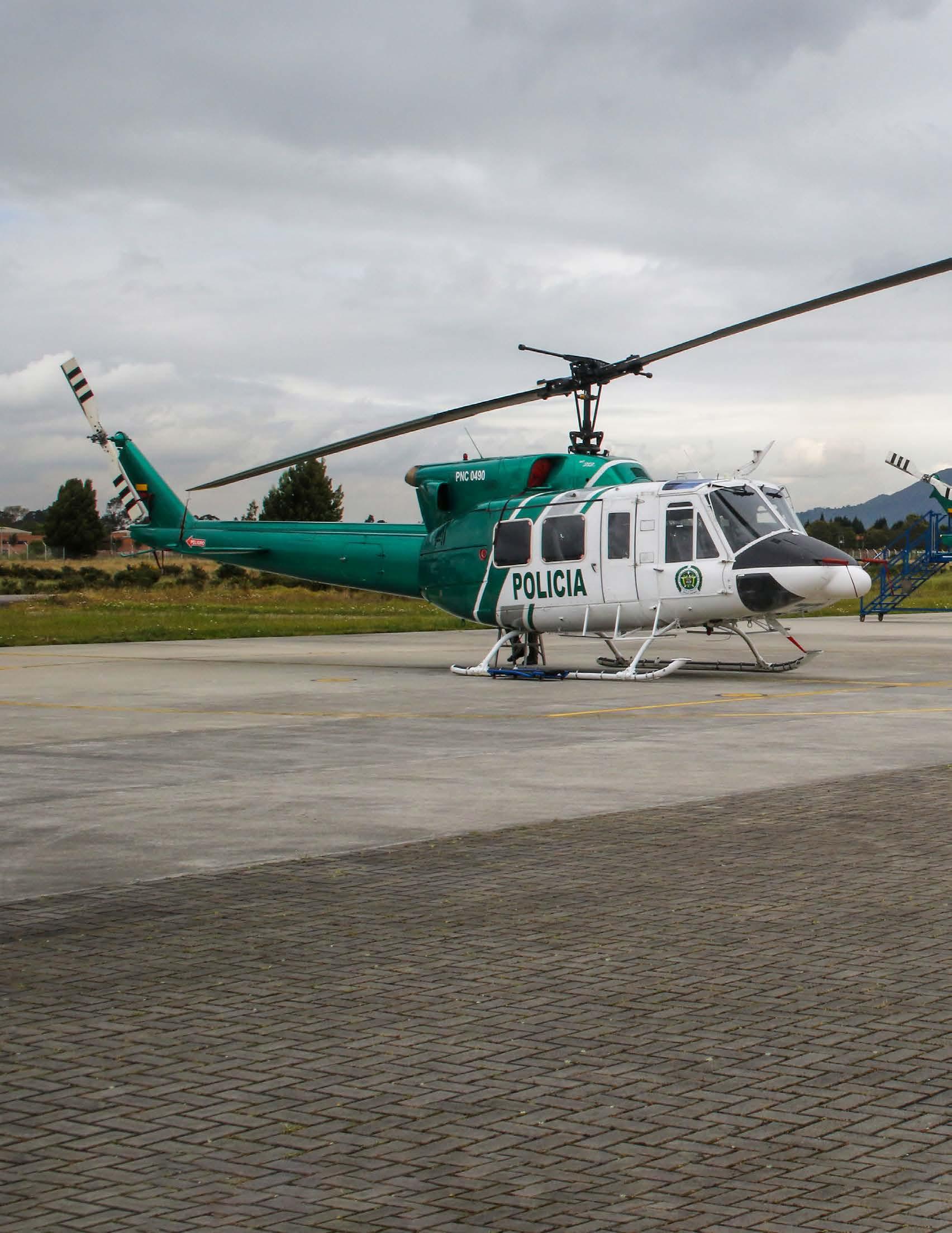
Advertisement
Over the years, the PNC became an armed civilian body with the President of the Republic of Columbia as its supreme commander. The President’s authority is cascaded down and exercised through the Minister of Defense and the Director General of the National Police. The PNC, part of the Colombian Public Force along with the Military Forces of Colombia (Army, Navy, and Air Force), has a hierarchical structure similar to that of the Military Forces. The mid-1940s saw the start of La Violencia, a civil war in Colombia. Although this war is considered
POLICÍA NACIONAL DE COLOMBIA
REPORT AND IMAGES BY ANTHONY F. SEYCHELL
officially to have ended around 1958, it regrettably left repercussions, the Conflicto armado interno de Colombia, felt to this day because it spawned guerrilla movements and led to the rise of powerful crime and drug cartels. Thus in the 1960s and 1970s, the PNC’s tasks were expanded to meet these threats to the Colombian society. The expanded tasks of the PNC led to the establishment of the Aviación Policial, when in 1965, the PNC acquired two Cessna 206s and a Cessna 441. These


modest beginnings led to today’s 140-strong fleet of the Aérea de Aviación (ARAVI), the largest police air fleet in South America. The aircraft have been acquired through direct procurement, seizure of assets used by drug carriers, and via Plan Colombia.
Maintenance personnel working on two Bell 212s to have them ready for the next mission. The helicopter in the background is a Bell UH-1H-II Huey II
ATR 42-300

Beechcraft 1900D



Dirección de Carabineros y Seguridad, DICAR (Carabineers and Rural Security Directorate) Dirección de Investigación Criminal e Interpol, DICIL (Criminal Investigation and Interpol Directorate), formerly Dirección Central de Policía Judicial e Inteligencia, DIJIN (Central Directorate of the Judicial Police and Intelligence) Dirección de Inteligencia Policial, DIPOL (Police Intelligence Directorate) Dirección de Antinarcóticos, DIRAN (Anti-Narcotics Directorate) Dirección de Protección y Servicios Especiales, DIPRO (Protection and Special Services Directorate) Dirección Antisecuestro y Antiextorsión, DIASE (Anti-kidnapping and Anti Extortion Directorate) Dirección de Tránsito y Transporte, DITRA (Traffic and Transportation Directorate) Dirección de Seguridad Ciudadana, DISEC (Citizen Security Directorate) Dirección de Gestión de Policía Fiscal y Aduanera, POLFA(Fiscal and Customs Police Directorate)
Special Groups
Comandos de Operaciones Especiales, COPES (Special Operations Commandos) Escuadrones móviles de carabineros, EMCAR (Mobile Carabineer Squadrons) Compañía Jungla Antinarcóticos, JUNGLA (Anti-narcotics Jungle Company) Grupos de Acción Unificada por la Libertad Personal, GAULA (Unified Action Group for Personnel Rescue) Escuadrones móviles antidisturbios, ESMAD (Mobile Riot Squadrons) Policía de carreteras, POLCA (Highway Police) Servic io Aéreo de Policía, SAPOL (Police Air Service)
Swearingen SA227-DC Metro 23
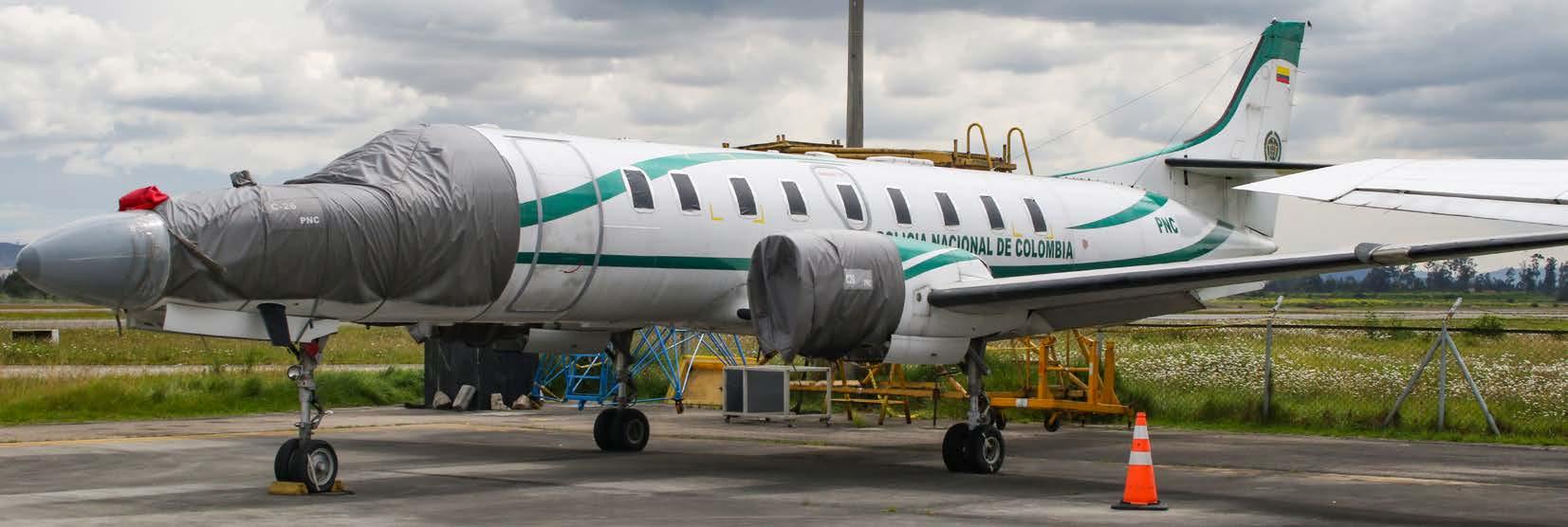


Cessna 208B Grand Caravan

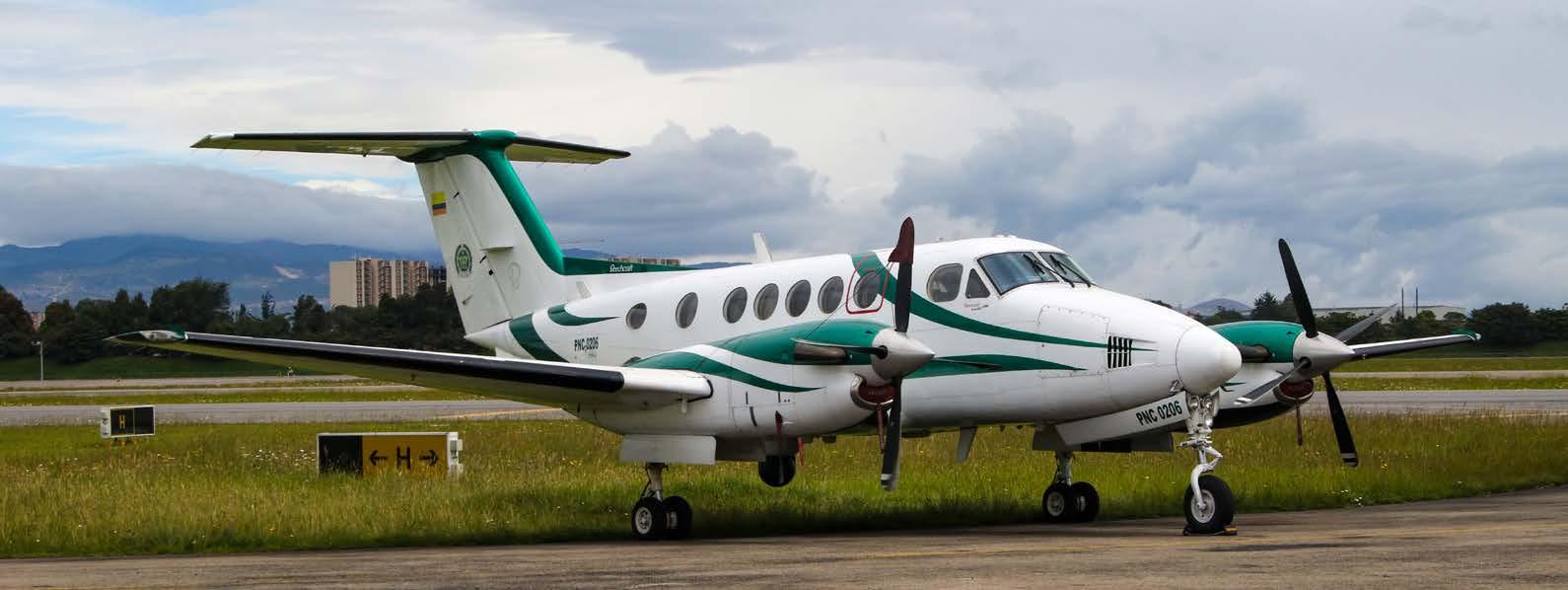
Beechcraft 200 King Air
Piper 31-350 Navajo Chieftain


The plan was originally conceived in 1999 by the Colombian and US administrations and signed into law by the United States in 2000. It consisted of United States foreign aid, military aid, and diplomatic initiatives aimed at combating Colombian drug cartels and left-wing insurgent groups in Colombia. The US Department of State runs the Aerial Eradication Program (EAP) under this plan where coca and poppy fields are sprayed by US-supplied aircraft, such as the Air Tractor AT802s, supported by Cessna 208s. The aircraft are flown by Colombian Police crews and are further supported by PNC helicopters for SAR and security purposes.
Air Tractor AT-802

Aircraft Operated by the PNC
Air Tractor AT-802 ATR 42 Beechcraft 1900 (models C and D) Beechcraft King Air (various models) Bell 206 (various models) Bell 212 Bell 407 Bell 412EP Bell UH-1H-II Huey II* Cessna 152 Cessna 172 Cessna 206 Cessna 208* DHC-6 Twin Otter DHC-8 Douglas Basler BT-67 Turbo (DC-3T/C-47T) Fairchild Swearingen C-26 (various models) Hughes 369 Piper PA-31 (various models) Sikorsky UH-60* (models A and L)
* Some, if not all, owned by US Government but operated by PNC personnel.

Bell 212
Sikorsky UH-60A

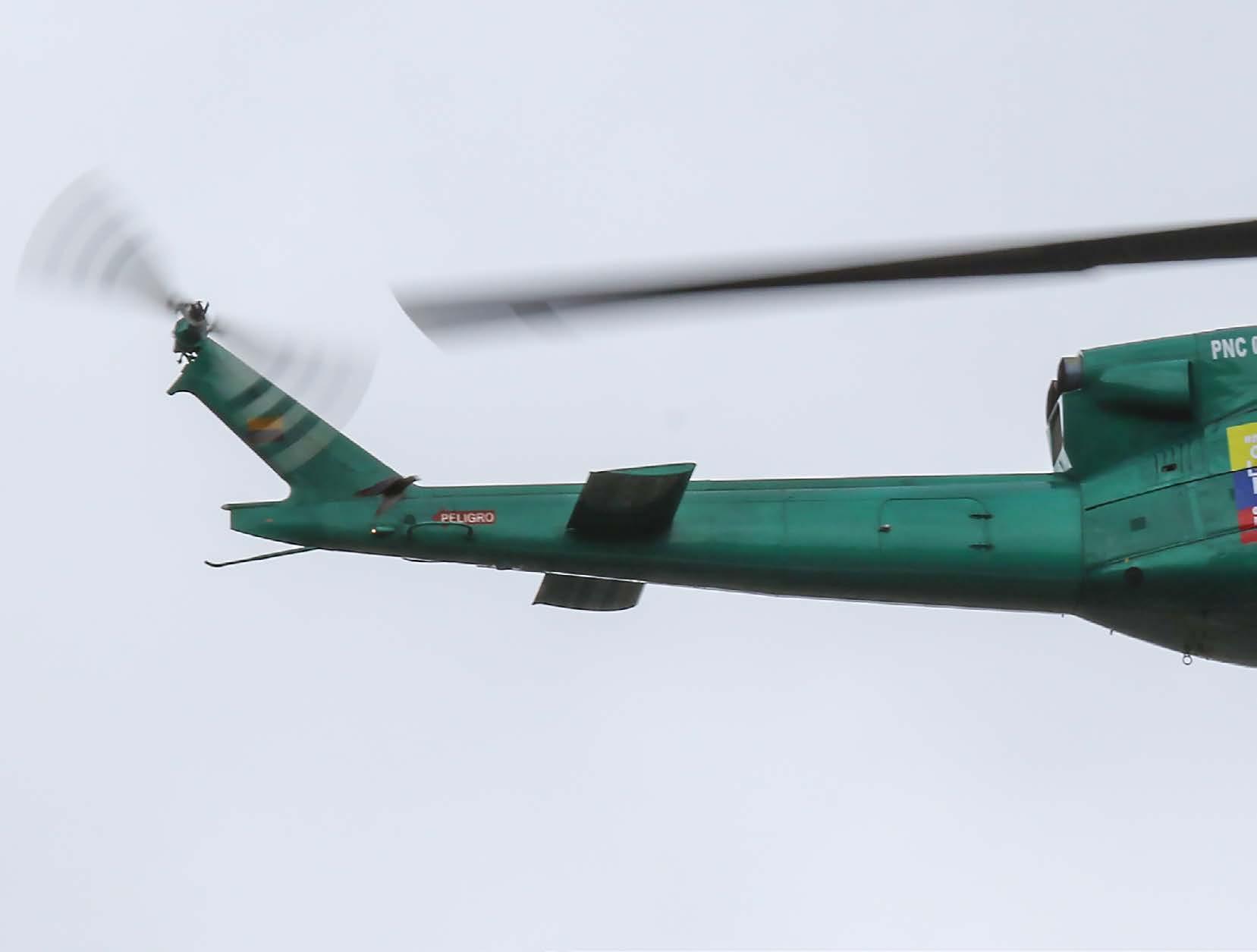

Bell 407GX-P


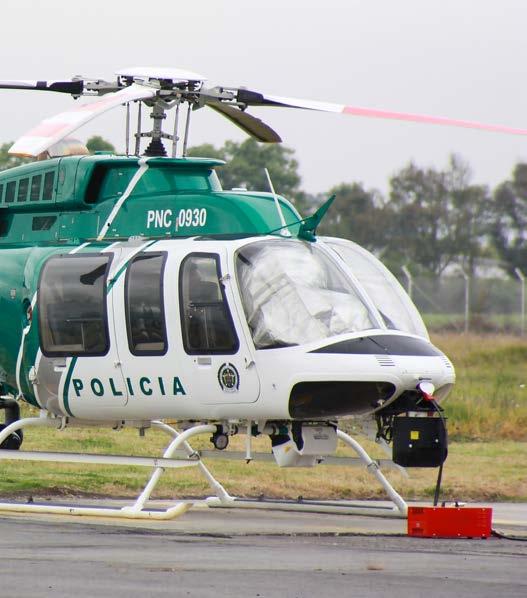
Bell UH-1H-II Huey II
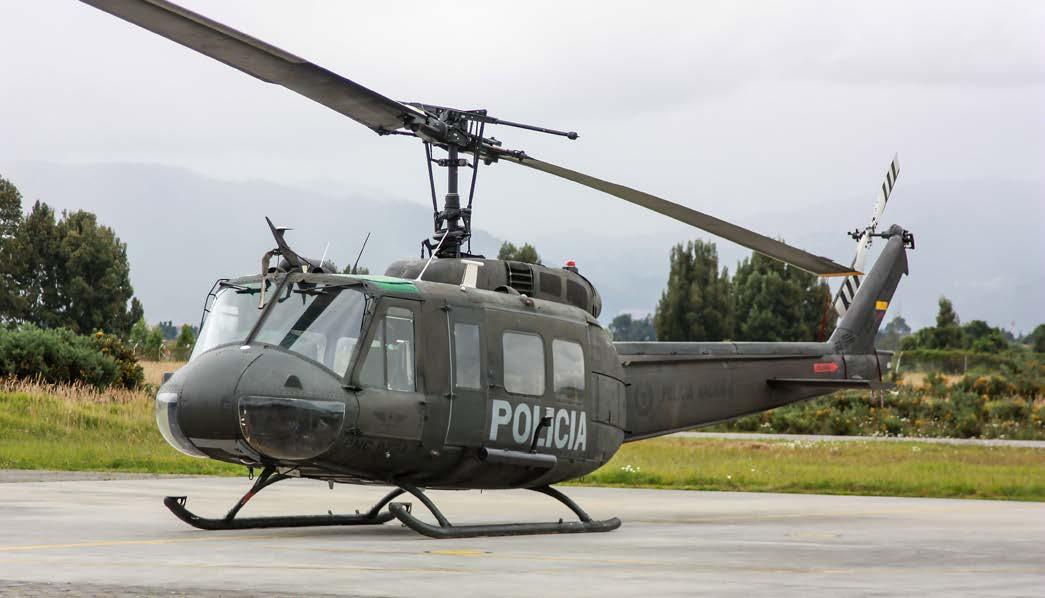

DHC 8-300, ATR 42-300 and Beechcraft 1900D (left to right)
The Aviación Policial has five main bases namely Bogotà, Guaymaral, Mariquita, Tuluá, and Santa Marta besides a number of detachments and forward operating bases.
Bogotá
The Base Aérea de Bogotá was established in the late 80s in the former general aviation section of El Dorado International Airport. As the fleet expanded, more space was needed and construction of a new Aviación Policial base in another part of El Dorado Airport was commenced at around 2000. The air base Bogotá has established itself as an operational PNC transportation center for the entire country and abroad, currently being the national branch of the Antinarcotics Directorate and housing several other administrative offices at the national level related to the directorate and police aviation. BA Bogotá is the main operational base and since 2004 has Command and Control facilities from where all air operations are monitored as well as serving as an operations technical branch keeping records of flight hours, maintenance services, coordination of communications, real-time technical, operational or emergency assistance to aircraft and crews, and providing meteorological information management. In addition, this base handles all types of maintenance
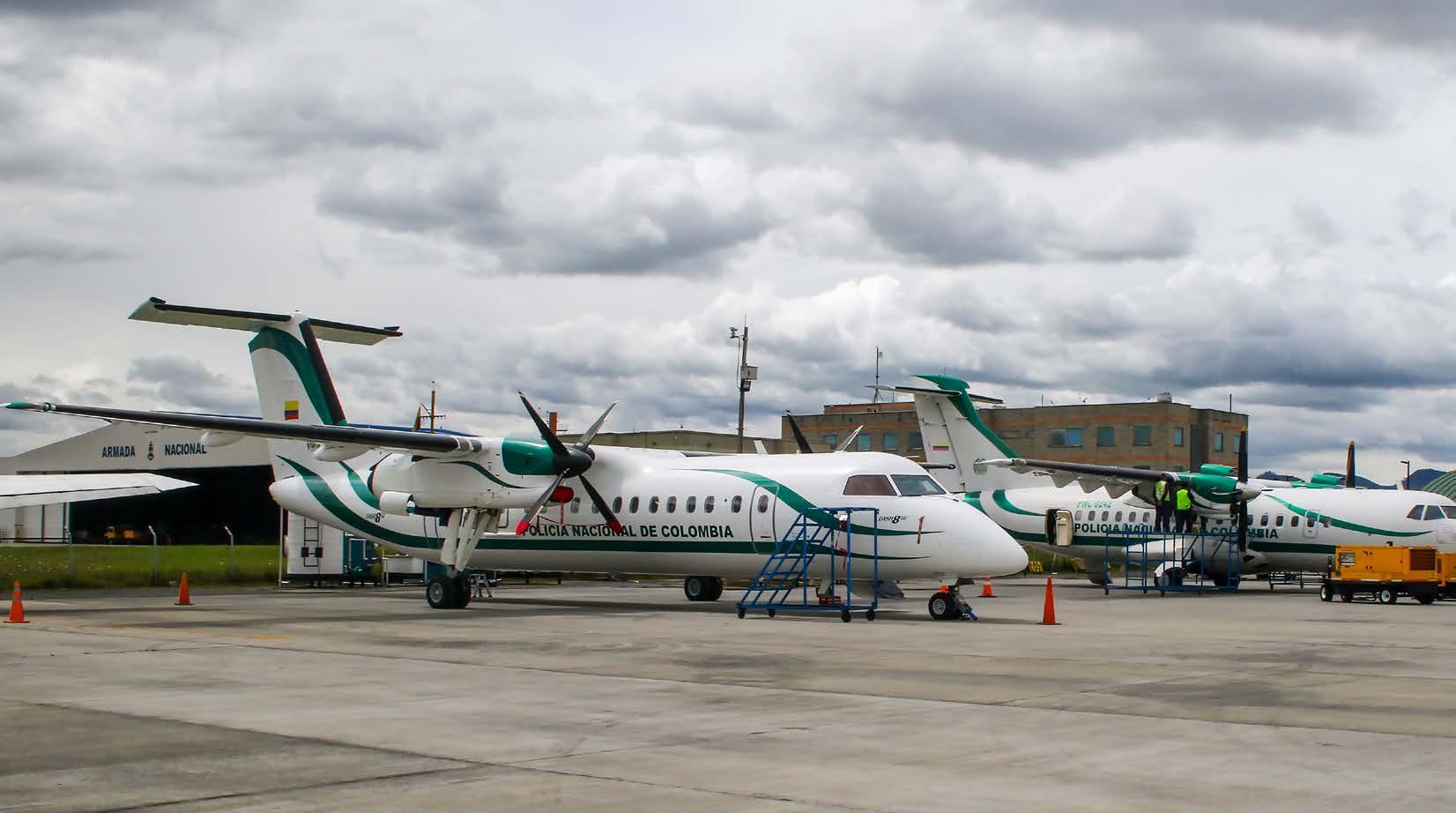
on the larger fixed-wing aircraft. Here one could easily come across a significant number of ATR 42s, Beechcrafts, Twin Otters, DHC-8s, DC-3Ts, C-26s, and the occasional AT-802.
Guaymaral
The Base Aérea de Guaymaral, located at Guaymaral Airport in the north of Bogotá, was inaugurated in 1985 when Hangar I was opened. At that time, the base also housed the police air training school, which later moved to Mariquita. The introduction of the UH60 lead to an expansion of the base and Hangar II was opened at around 1999. The third hangar was constructed around 2004 to perform maintenance on the Huey II fleet. Since 2009, Guaymaral is also equipped with Command and Control facilities. Nowadays, BA Guaymaral performs maintenance on all police helicopters and the smaller fixed-wing aircraft. It is equipped with about fourteen workshops to maintain avionics, hydraulics, instruments. Certification and calibration tasks are performed here too. The maintenance workshops are also capable of major maintenance (up to level 3) of rotational components, painting, and engine maintenance. Only major engine maintenance, i.e. complete stripdown and overhaul, is externalized to the US engine manufacturers.

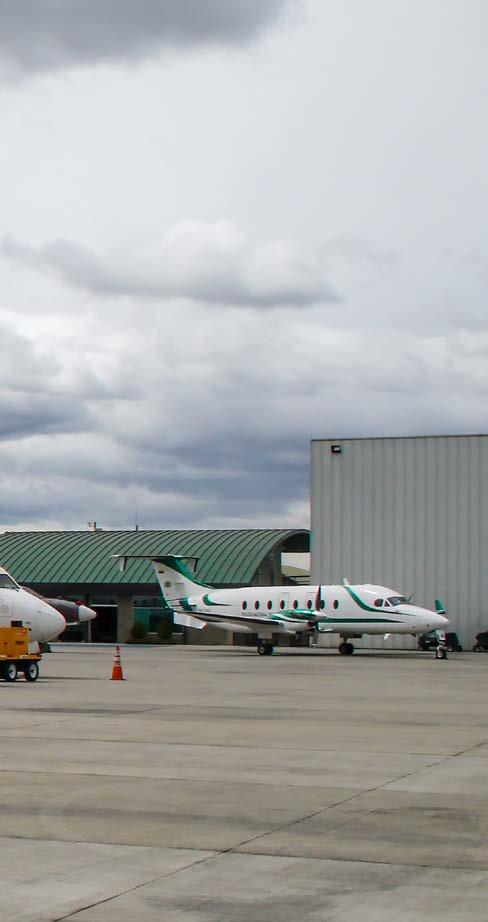
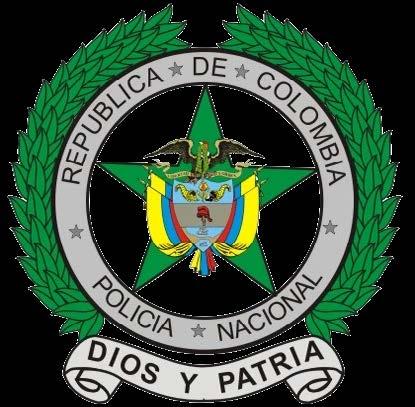
The main air bases of the Aviación Policial are: 1 Bogotá 2 Guaymaral 3 Mariquita 4 Tuluá 5 Santa Marta
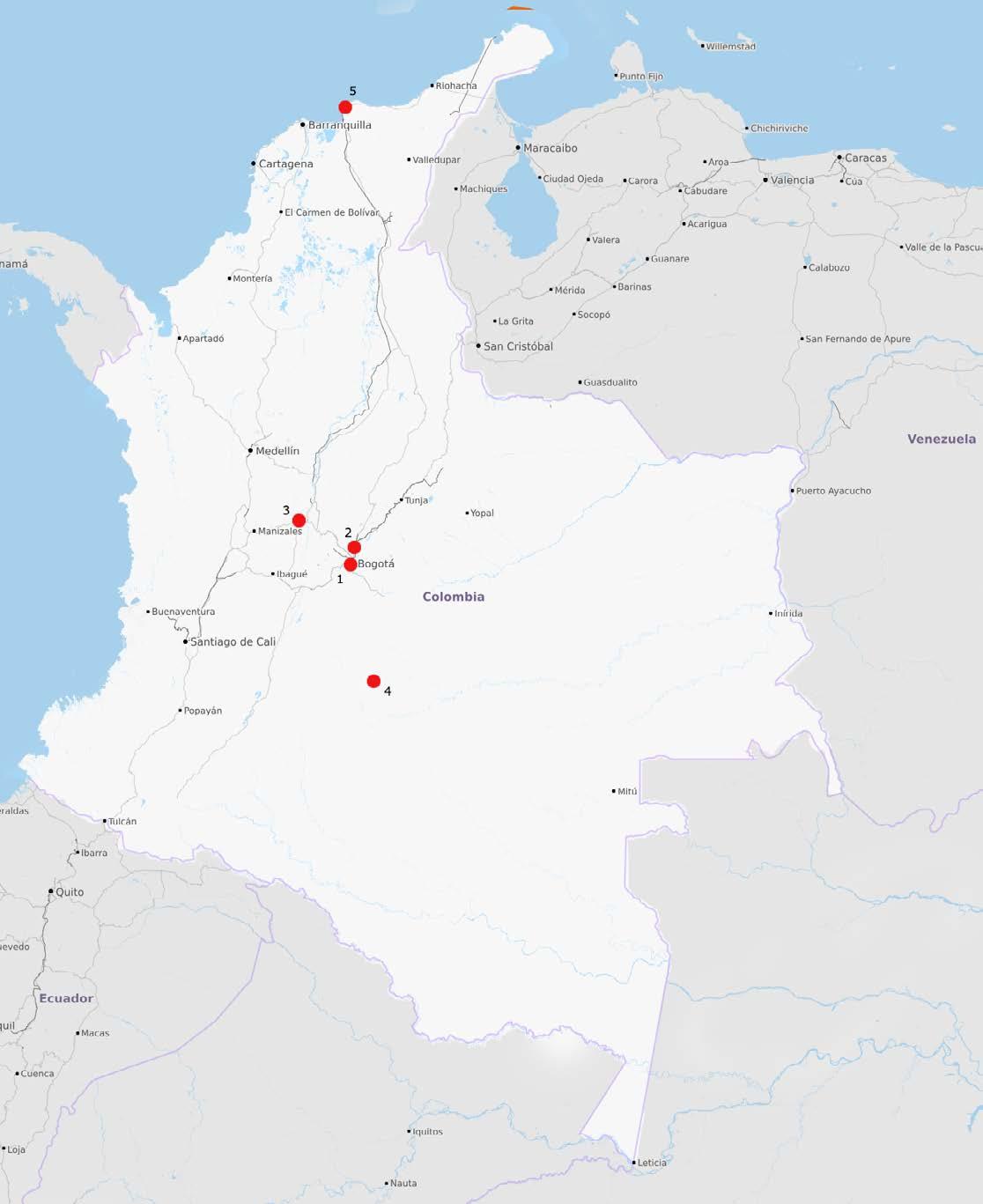
Guaymaral, besides being a base for the helicopters of the Dirección de Antinarcóticos, houses the Policía Metropolitana Bogotá (MEBOG) too. Thus, one here could easily see not only C208s, Huey IIs, UH-60s, B212s and the sole B412 but also MEBOG’s B206s, B407s, H369s and PA-31s.
Mariquita
The Escuela de Entrenamiento de Aviación (ESAVI) was initially established at Guaymaral. The expanded fleet and the need for better infrastructure led in 1990 to a new school being built at José Celestino Mutiz Airport, Mariquita near Bahía Solano, a municipality of the Chocó Department in Colombia. ESAVI does not train only the Colombian police aviation professionals because it includes police crews from all over Latin America, as well as the Colombian Army and Navy. The school provides training in all police aviation branches using both aircraft (B206s, C152s, C172s, and Huey IIs) and simulators.
Tuluá
Tuluá, a city located in the heart of Valle del Cauca, is a major industrial and commercial center, served by Heriberto Gil Martínez Airport, which nowadays is mainly used by training aircraft from the Marco Fidel Suárez Military Aviation School (EMAVI) of the Fuerza Aérea Colombiana.

The Tuluá Base Aérea Antinarcóticos, however, does not operate from the Heriberto Gil Martínez Airport but from a dedicated facility within the Antinarcóticos compound in the city. Police aviation missions in this southwestern region of Colombia began around 1996 but the base was at the Carabineros Police facility in Cali. A year or so later, a police aviation base was established at the Simón Bolívar Police School in Tuluá and, in 2003, it moved to the current location. This base is mainly equipped with Huey IIs.
Santa Marta
Santa Marta is the capital of Magdalena Department and the fourth-largest city of the Caribbean Region of Colombia. It is a very historic city because it is the second oldest in South America and Simón Bolivar died here in 1830 and is buried in Santa Marta Cathedral. The city is served by Simón Bolivar International Airport, located about 16 km from the center. The Santa Marta Base Aérea Antinarcóticos however, like Tuluá Base Aérea Antinarcóticos, is not located at the airport but in the city itself. Its construction was started in 1983 to support air interdiction operations in the northern part of Columbia. In 2003 it was expanded and today hosts a fleet of B212s. The Aviación Policial was established 55 years ago with a three-ship fleet, without support infrastructure and lacking even its own pilots. Today it is a different story because the Aviación Policial is a well-prepared and professional force with one of the largest police fleets worldwide, complete with all its support facilities and infrastructure. The professionalism and dedication of the Aviación Policial ensure that it accomplishes its mission to maintain peace, tranquillity, public rights, and freedoms in Colombia.
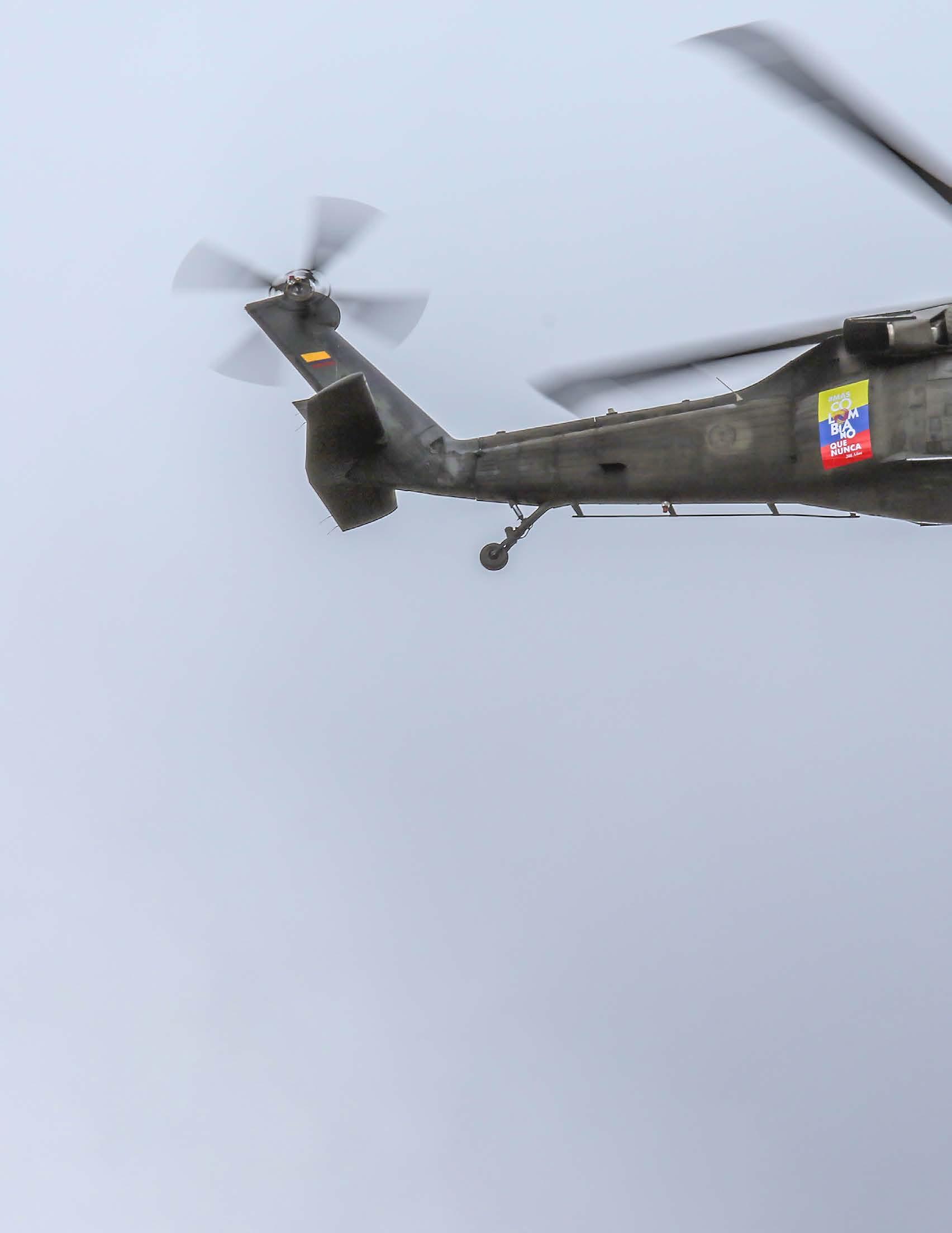
Acknowledgments
The author wishes to acknowledge the support and assistance of the Policía Nacional de Colombia authorities, the Aviación Policial personnel, and 4Aviation who made possible the visit to El Dorado and Guaymaral and this reportage.

